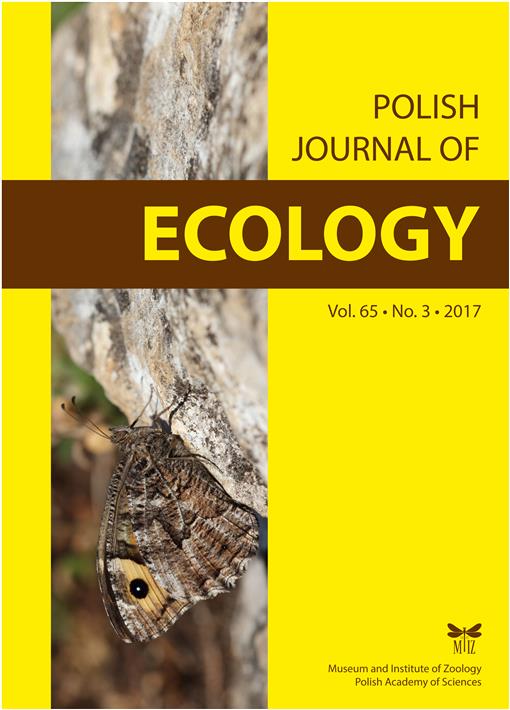Post-industrial sites, including fly ash deposits, are common landscape components in many Central European regions. Their effective restoration is thus crucial because such habitats have been recognised as critical secondary refuges for many endangered and declining species. Controversially, the overwhelming majority of restoration projects consider vegetation units as the restoration target and thus ignore various habitat resources of many endangered species. Our study details habitat-use of the grayling Hipparchia semele, a European endemic xerothermophilous specialist and one of the most rapidly declining butterflies in Central Europe, inhabiting a fly ash deposit in the Kadaň region, western Czech Republic. We estimated its population to 510 males and 346 females by the capture-mark-recapture method during its whole flight period. By detailed recording of all observed specimens' behaviour, we show that this species uses resources from distinct vegetation units, such as exposed and disturbed spots, ruderal regrowths, solitary trees and shrubs, rocks and artificial concrete structures. Because the studied population can act as a source for the whole region, the grayling's ecological needs should be considered in any restoration project. Oppositely, the originally planned restoration of dry grasslands based on plant species composition of vegetation would very probably threaten one of the last two metapopulations in the whole country. Using the grayling's case, we thus warn against the vegetation-based habitat approach in restoration ecology; the resource-based habitat approach should be prioritised, especially when considering needs of the most threatened and/or umbrella species.
How to translate text using browser tools
1 September 2017
Habitat Use of Hipparchia semele (Lepidoptera) in Its Artificial Stronghold: Necessity of the Resource-Based Habitat View in Restoration of Disturbed Sites
Robert Tropek,
Oldrich Cizek,
Tomas Kadlec,
Jan Klecka
ACCESS THE FULL ARTICLE

Polish Journal of Ecology
Vol. 65 • No. 3
September 2017
Vol. 65 • No. 3
September 2017
Biodiversity conservation
butterflies
habitat use
human-made habitats
niche complexity
resource-based habitat
restoration ecology




